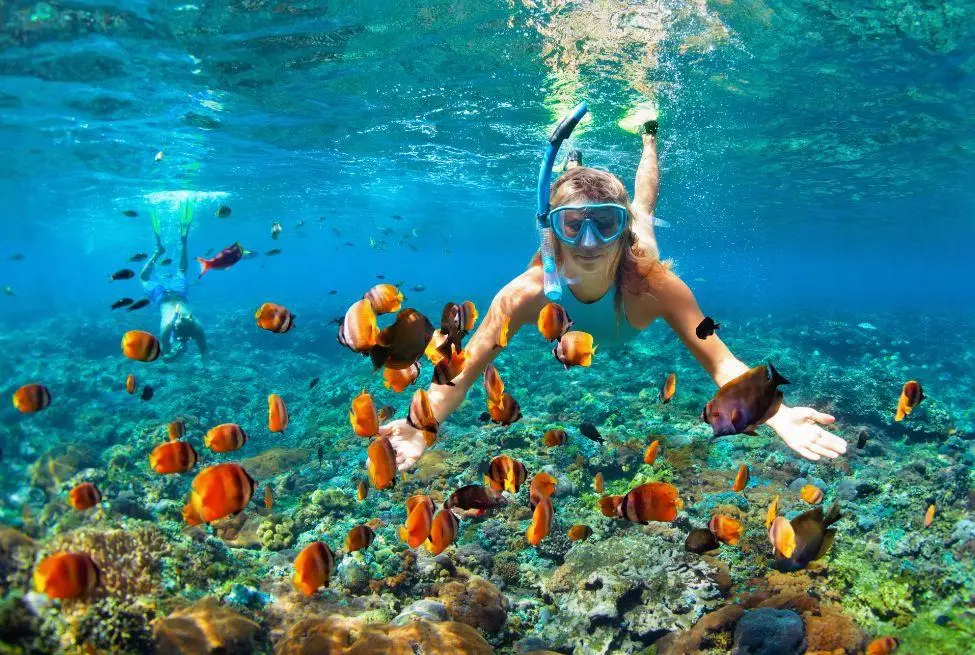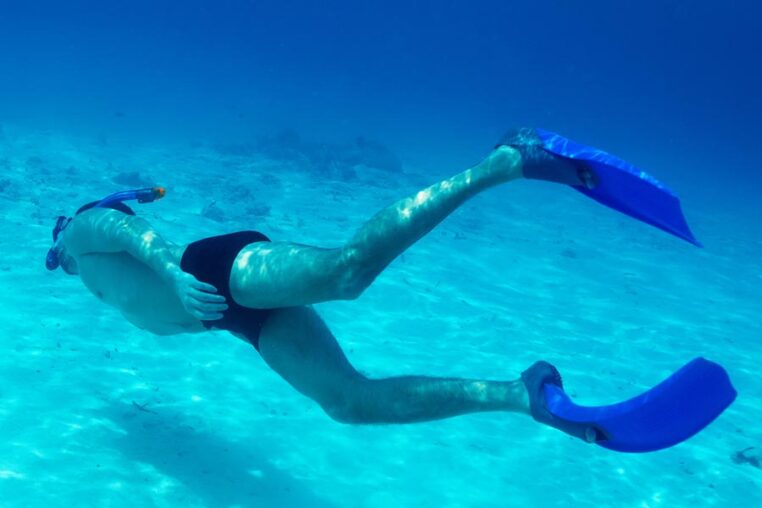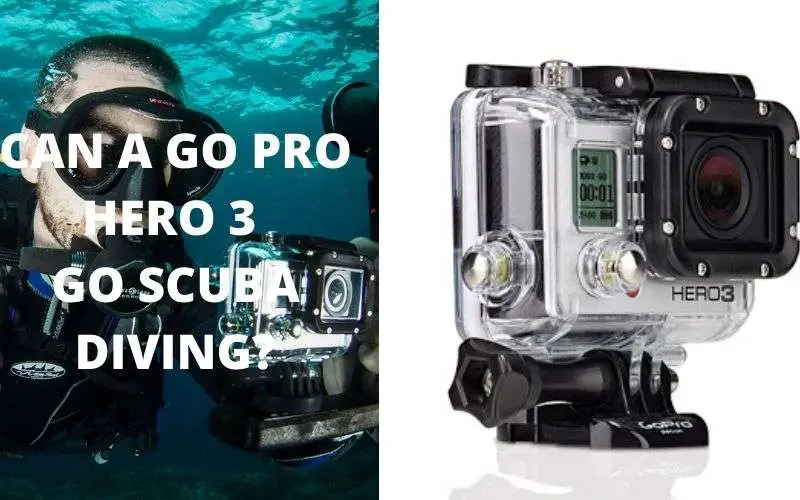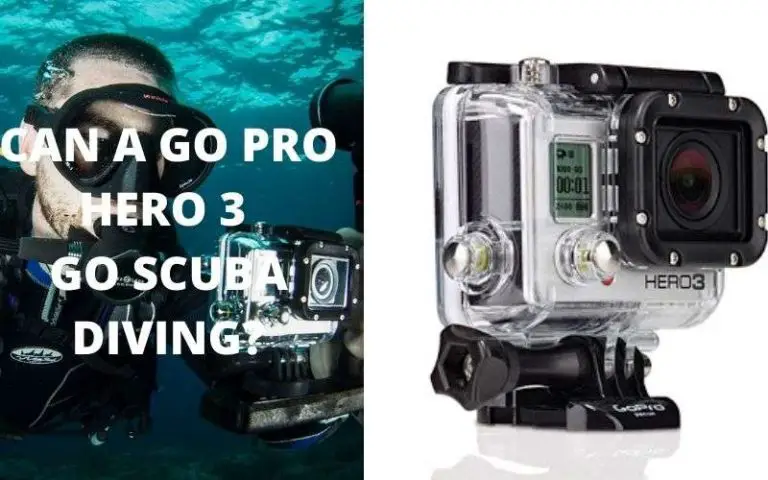
Snorkeling offers an enchanting gateway into the mesmerizing underwater world, and it’s accessible to anyone with a love for the ocean. However, for beginners, the fear of accidentally swallowing water can be a daunting barrier to overcome.
In this comprehensive guide, we’ll explore essential tips and techniques to help novice snorkelers become proficient and confident explorers of the underwater realm. From selecting the right equipment to mastering breathing techniques, this guide covers it all.
Selecting Properly-Fitting Equipment

One of the key factors in ensuring a safe and enjoyable snorkeling experience is having equipment that fits properly. Let’s delve into the crucial aspects of selecting the right gear:
Mouthpiece
Your snorkel’s mouthpiece is your lifeline for breathing underwater. It’s essential to choose one made of antibacterial material that allows for extended use without causing discomfort or fatigue. A mouthpiece that’s too big or small can quickly lead to sore jaw muscles.
Mask
The snorkeling mask should create a watertight seal on your face. It should be able to suction to your face without any straps, indicating a proper fit. Position the mask strap over the broadest part of your head, ensuring it fits snugly without digging into your skin. Long hair or facial hair can disrupt the seal, so secure your hair away from the mask to prevent water leakage.
Snorkel
Attach the snorkel to your mask using a clip or keeper, angling the tube at 45 degrees between the back and top of your head. Align your face at a 45-degree angle as well to keep the snorkel above water. Looking straight down increases the risk of water entering the snorkel.
Fins
While not mandatory, fins help beginners swim more efficiently. Ensure your fins fit snugly, and if required, wear a neoprene sock underneath, leaving a 1-2mm gap around your feet. Various types of snorkeling fins are available, catering to different preferences and foot sizes.
Choosing the Right Snorkel
Selecting the appropriate snorkel is paramount to prevent water ingestion. There are three main types of snorkels: wet, semi-dry, and dry. Let’s explore these options in detail:
Wet Snorkel
The wet snorkel is the most basic type, lacking features to keep water out. It presents the highest risk of swallowing water and is generally not recommended for beginners.
Semi-Dry Snorkel
Semi-dry snorkels include features like a splash guard at the top of the tube and a purge valve in the mouthpiece to expel accumulated water. They provide better protection against water entry compared to wet snorkels.
Dry Snorkel
Dry snorkels are the best choice for beginners. They combine the features of semi-dry snorkels with a float valve mechanism at the tube opening to seal it if submerged. This advanced design significantly reduces the risk of water flooding into your mouth.
Staying Calm Underwater

Snorkeling for the first time can be an intimidating experience. To build confidence and stay calm underwater, follow these tips:
Practice Breathing
Before entering the water, practice breathing through the snorkel in a shallow pool or near the shore. Take deep, full breaths and exhale completely. Gradually progress to deeper waters, always staying close to the surface.
Use a Flotation Device
Wearing a snorkel vest, flotation belt, or life vest can provide peace of mind, especially for weaker swimmers. These devices make staying afloat effortless and help conserve energy in case of water ingestion.
Stay Calm When Swallowing Water
Even with the best equipment, water ingestion can still occur. It’s crucial to remain composed in such situations. A flotation device helps you stay afloat while you remove the mouthpiece to cough and breathe freely.
Mastering Breath Control
Controlling your breathing is essential to prevent panic and water ingestion:
Deep Breathing
Take slow, deep breaths to ensure efficient air exchange through the snorkel tube. Shallow breaths can lead to carbon dioxide buildup, making you feel suffocated. If you experience dizziness or lightheadedness, surface immediately for fresh air.
Use Your Tongue as a Splash Guard
To prevent water from entering your mouth, press your tongue against the roof of your mouth when inhaling. This technique acts as a temporary splash guard. However, it may tire your tongue over time.
Exploring Full-Face Masks
Consider using a full-face mask as an alternative to the traditional mask and snorkel setup:
Benefits of Full-Face Masks
Full-face masks cover your entire face and come with a built-in dry snorkel. They allow breathing through both your mouth and nose, eliminating the need for a mouthpiece. Many beginners find them more comfortable and user-friendly.
Controversy Surrounding Full-Face Masks
While full-face masks have faced controversy, they are generally considered safe for snorkeling, even for children. They provide an effective alternative for those who prefer this type of mask. Our in-depth review of the best full-face snorkel masks can help you make an informed decision.
Snorkeling in Ideal Conditions
To minimize the risk of water ingestion, choose the right time and place for snorkeling:
Check Weather and Currents
Consult locals for information on current conditions. Avoid snorkeling on choppy days, as rough waters can pose hazards beyond water ingestion, such as dangerous riptides.
Start in Confined Waters
Beginners should practice in controlled environments like swimming pools or lakes to avoid unexpected waves and other potential hazards.
Choose Warm Water
Opt for warm, sunny days for a more comfortable snorkeling experience. Colder water may require additional gear like wetsuits to stay warm.
Mastering Head Positioning and Snorkel Clearing
Proper head positioning is crucial to prevent water entry:
Head Positioning
Keep your head at a 45-degree angle upwards while snorkeling. This aligns the snorkel optimally, preventing water from entering.
Clearing Your Snorkel
If water enters your snorkel, you can either remove the snorkel and shake it out or use a purge valve (if available) by forcefully exhaling to expel the water. The latter method allows you to clear the snorkel without surfacing.
Conclusion
Snorkeling offers a captivating journey into the underwater world, and with practice and the right equipment, you can minimize the chances of water ingestion. As you become more skilled, water intake will become a rarity, and you’ll savor the breathtaking beauty of the ocean without the discomfort of swallowing water. Happy snorkeling!












